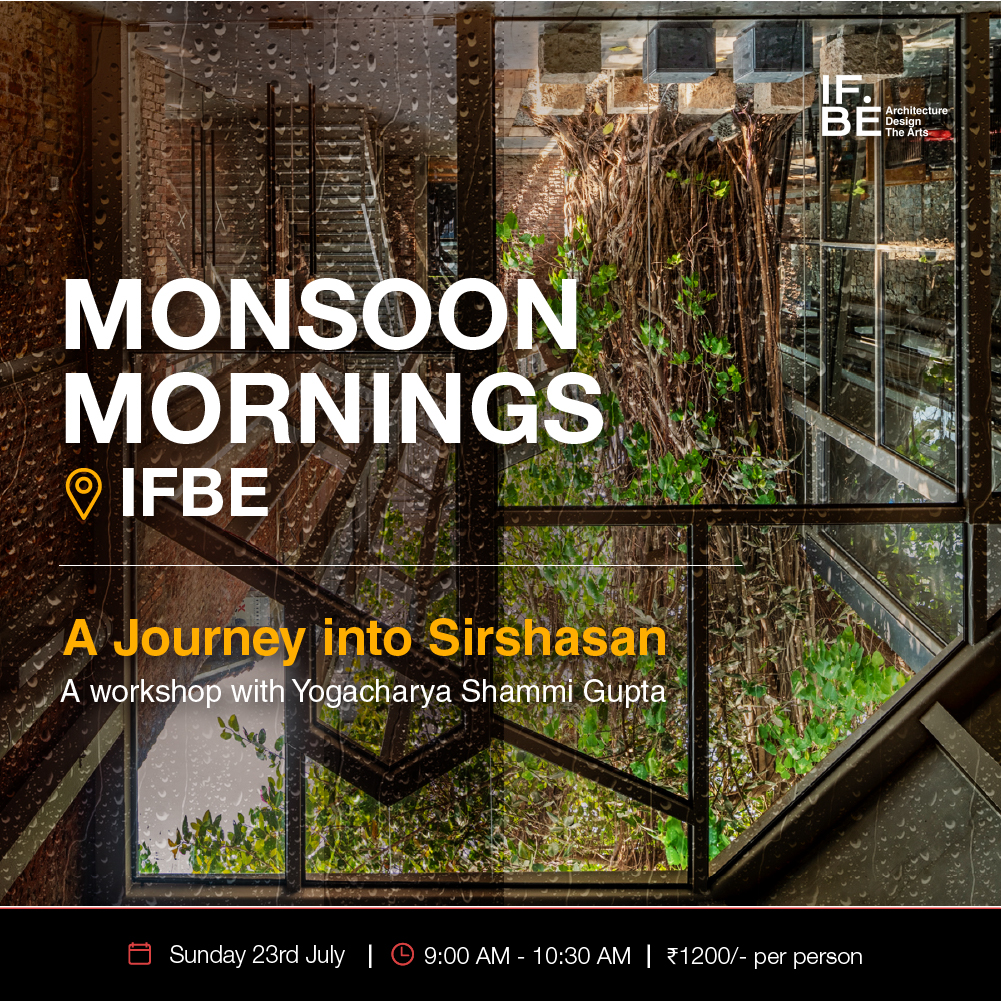
Monsoon Mornings | A journey into Sirshasan with Yogacharya Shammi Gupta
About the event
About the Workshop
Irrespective of your chosen lifestyle, Sirshasana should have a dominant presence in your life. This posture has many incredible benefits, including promoting blood circulation in the lower half of the body, increase in oxygenation of lungs, and rejuvenating the brain. This workshop teaches participants to perform Sirshasan in a systematic way using the right technique.
Key Insights from the Workshop
- Overcoming the fear that prevents one from performing Sirshasan
2. Understanding the basic obstacles in performing the posture - A detailed flow of the right journey towards Sirshasan
- To understand when not to perform the posture
About Shammi Gupta
Shammi Gupta, founder- Shammi’s Yogalaya works passionately on the theme ‘Healing with Alignment’ wherein she guides her clients from different time zones, transform into a Sustainable Wholesome Living – doctor-free, disease-free, medicine-free, using Yog and Naturopathy as the primary tools of transformation.
Carry a yoga mat and a bottle of water to stay hydrated. Come in comfortable, stretchable clothes for the yoga session.
Date: 23rd July, Sunday
Time: 9:00-10:30am
Register here: https://bit.ly/3rClMAn
